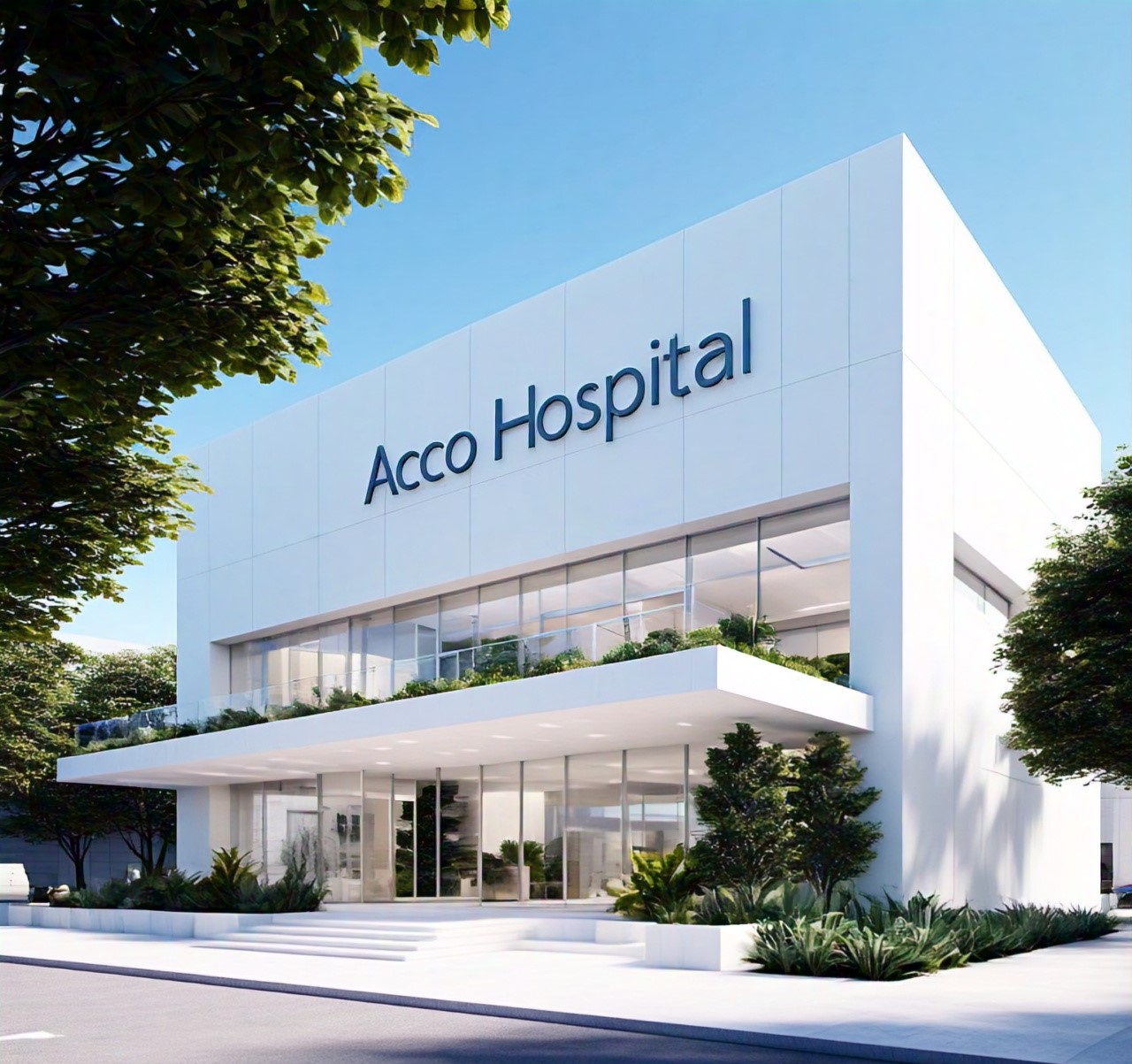
Diagnostic Center Design and Construction in Pakistan: A Comprehensive Approach
In Pakistan, the demand for reliable diagnostic centers has grown exponentially with advancements in medical science and increased awareness of preventive healthcare. The design and construction of diagnostic centers play a pivotal role in ensuring efficient service delivery, patient comfort, and adherence to global medical standards. This article explores the essential considerations and best practices for designing and constructing diagnostic centers in Pakistan.
Importance of Diagnostic Centers
Diagnostic centers serve as the backbone of modern healthcare systems. They provide accurate and timely information for disease detection, management, and prevention. In Pakistan, these centers address a broad spectrum of medical needs, including imaging, pathology, and specialized diagnostic tests, making them critical for early disease intervention and improved patient outcomes.
Key Considerations in Design and Construction
1. Site Selection and Planning
- Accessibility: The location should be easily accessible by public and private transport to serve a wide demographic.
- Space Requirements: Adequate space for parking, patient waiting areas, and future expansion should be considered during site selection.
- Compliance: Ensure the site meets local zoning regulations and healthcare facility standards.
2. Functional Layout
- Zoning: Divide the center into distinct zones for reception, diagnostics, sample collection, imaging, laboratories, and administrative offices to streamline workflow.
- Patient Flow: Design a seamless flow for patients, staff, and materials to avoid cross-contamination and ensure efficiency.
- Ergonomics: Incorporate ergonomic design for staff workstations and patient interaction points to enhance productivity and comfort.
3. Technology Integration
- Advanced Equipment: Allocate space for high-end diagnostic equipment like MRI, CT scanners, and automated lab analyzers.
- Digital Solutions: Integrate Health Information Systems (HIS) and Picture Archiving and Communication Systems (PACS) to enable digital record management and remote consultations.
- Future-Proofing: Design modular spaces to accommodate emerging technologies and equipment upgrades.
4. Patient-Centric Design
- Aesthetics and Comfort: Use calming color schemes, natural lighting, and comfortable furniture to reduce patient anxiety.
- Privacy: Incorporate private consultation rooms and discreet sample collection areas.
- Amenities: Provide accessible washrooms, drinking water, and dedicated waiting areas for families.



